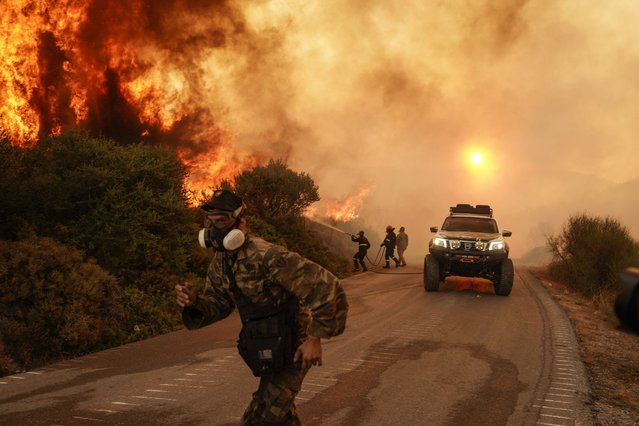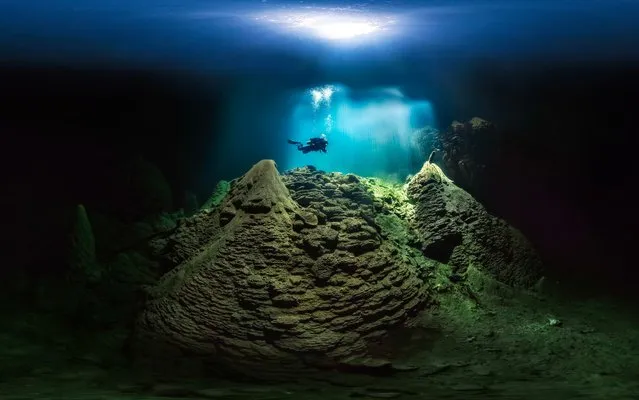
Nick Krist makes a funny face as he and his son, Noah, 8, take a selfie before a baseball game between the Los Angeles Angels and the Minnesota Twins, Wednesday, July 22, 2015, in Anaheim, Calif. (Photo by Jae C. Hong/AP Photo)
24 Jul 2015 12:04:00,post received
0 comments







